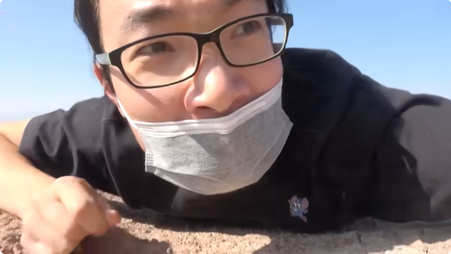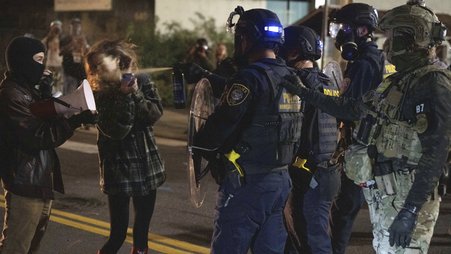
Three months ago yesterday, police officers killed George Floyd in Minneapolis, Minnesota.
Less than 24 hours later, a journalist was hit with a rubber or foam bullet fired by police, as he covered a burgeoning demonstration in front of the Minneapolis Police Department’s Third Precinct. It was the first of more than 700 reported attacks on journalists covering the historic Black Lives Matter protests over the past three months.
At the U.S. Press Freedom Tracker — a joint project by Freedom of the Press Foundation and the Committee to Protect Journalists — we have systematically documented press freedom violations in the United States since 2017. What we have seen in the past three months is almost beyond belief.
Journalists have found themselves arrested, assaulted, pepper sprayed, tear gassed, and hit with projectiles like rubber bullets at a staggering and unprecedented rate. In fact, there have been far more reports to us in the past 90 days than in the last three years combined.

One hundred journalists have been arrested. Dozens have been pepper sprayed. Scores more have been tear gassed. And more than 300 have either been physically attacked or hit with munitions like rubber bullets fired by law enforcement.
In three months.

These graphs offer a deeper look at the press freedom crisis as reported to the U.S. Press Freedom Tracker. We want to continue to give the public a full view of the crisis in press freedom unfolding daily across the country — across 75 cities in 35 states — as we reach this grim milestone.
Of the more than 700 incidents we're investigating, roughly 84% are reported to have been perpetrated by law enforcement. Even when removing the 100 arrests and detainments of journalists, we are left with the police allegedly being involved in nearly 82%.

Keep in mind, however, these numbers really only tell part of the story. As the U.S. Press Freedom Tracker verifies each case, we publish interviews with many of the journalists affected, along with any documentary evidence of the attacks, for the public record. The stories are harrowing, and sometimes difficult to read, but important nonetheless.
You can follow the Tracker on Twitter here for the most up-to-date information, as journalists sadly continue to be attacked nightly for doing their jobs.





